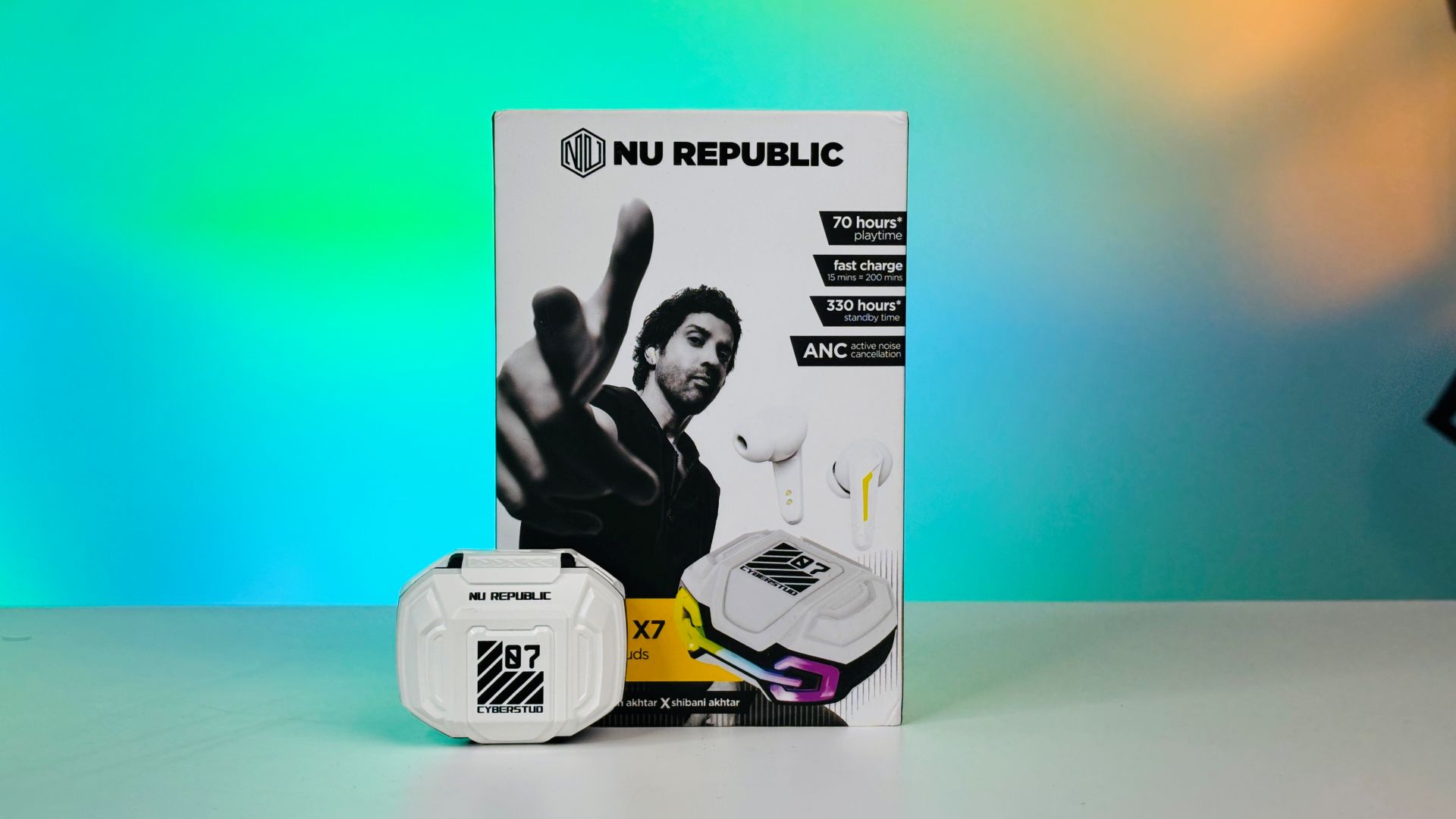In a highly anticipated face-off between two leading Android smartphones, the Google Pixel 8 and the OnePlus 12, tech enthusiasts are keenly observing the specifics that set these devices apart. Both phones are packed with features, yet they cater to different user preferences in the Android market. Google Pixel 8 and OnePlus 12, including specific features and specifications, I recommend visiting PhoneArena’s comprehensive comparison page. This resource provides an in-depth look at each device, helping you make an informed decision based on your preferences and needs
Key Highlights:
- Google Pixel 8 offers a 6.2-inch OLED display, while OnePlus 12 features a larger 6.8-inch AMOLED screen.
- OnePlus 12 leads in peak brightness with 4500 cd/m2, compared to Pixel 8’s 2000 cd/m2.
- Pixel 8 is powered by Google Tensor G3 chip; OnePlus 12 uses Qualcomm Snapdragon 8 Gen 3.
- OnePlus 12 boasts higher RAM and internal storage options than Pixel 8.
- Pixel 8’s dual camera setup contrasts with OnePlus 12’s triple camera array.
- OnePlus 12 has a more powerful battery and supports reverse wireless charging.
- Both models run on Android 14 and offer 5G connectivity.
![]()
Display and Design: The Google Pixel 8 and OnePlus 12 come with distinct display sizes and designs. The Pixel 8’s more compact 6.2-inch OLED display is balanced against OnePlus 12’s larger 6.8-inch AMOLED screen. The OnePlus 12 also has a higher screen-to-body ratio and significantly greater peak brightness, making it more suitable for use in bright outdoor conditions.
Performance and Hardware: Under the hood, the Pixel 8 is equipped with the Google Tensor G3 system chip, while the OnePlus 12 runs on the Qualcomm Snapdragon 8 Gen 3. Although both phones are powerful, the OnePlus 12 edges ahead with higher RAM and more internal storage capacity.
Camera Capabilities: In terms of camera, the Pixel 8 has a dual camera setup with a 50 MP main camera, while the OnePlus 12 features a triple camera system that includes a 50 MP main camera, a 64 MP telephoto, and a 48 MP ultra-wide camera. This makes the OnePlus 12 more versatile for photography enthusiasts.
Battery and Charging: The OnePlus 12 takes the lead in battery capacity with its 5400 mAh battery, compared to the Pixel 8’s 4575 mAh. Both support fast and Qi wireless charging, but only the OnePlus 12 offers reverse wireless charging.
Conclusion: The Google Pixel 8 and OnePlus 12 each bring unique strengths to the table. The Pixel 8 is ideal for those who prefer a more compact design and Google’s software ecosystem, while the OnePlus 12 is a better choice for users seeking a larger display, superior camera capabilities, and longer battery life. Ultimately, the decision hinges on individual preferences and usage patterns. For an in-depth comparison of the Google Pixel 8 and OnePlus 12, including their distinct features and specifications, I recommend visiting PhoneArena’s comparison page. This resource provides detailed insights into each aspect of the devices, aiding in a thorough understanding and informed decision-making based on individual preferences and requirements

























The Google Pixel 8 and OnePlus 12 each have unique features in their battle of the titans of Android. With its bigger AMOLED screen and higher peak brightness, the OnePlus 12 is the perfect smartphone for using outside. But the Pixel 8’s small OLED screen appeals to people who want a more portable design. Is the Qualcomm Snapdragon 8 Gen 3 chip in the OnePlus 12 superior than the Google Tensor G3 chip in the Pixel 8 given the latter’s potent hardware? The Pixel 8 has two cameras, whereas the OnePlus 12 has a flexible triple camera array. The camera layouts differ. What effect do these variations have on consumers’ choices in the dynamic MobilezMarket?